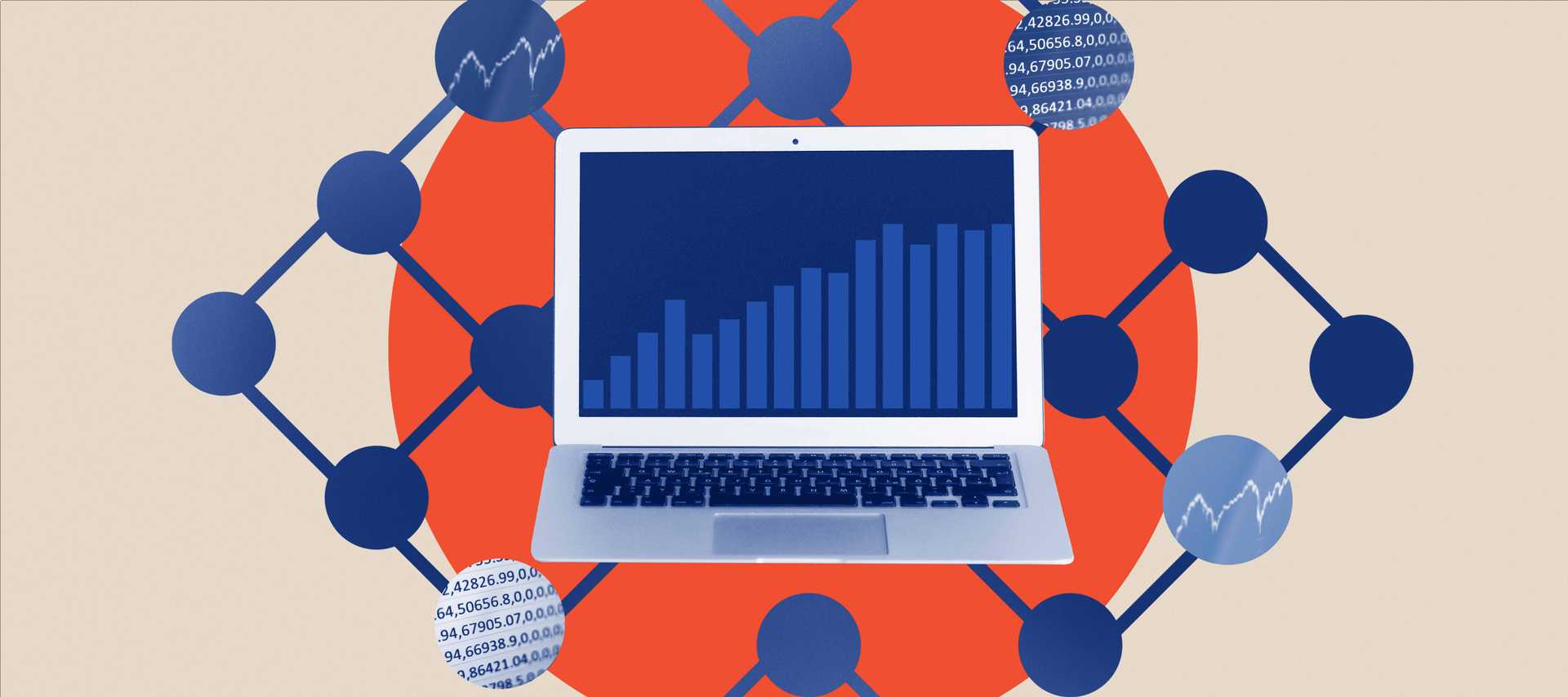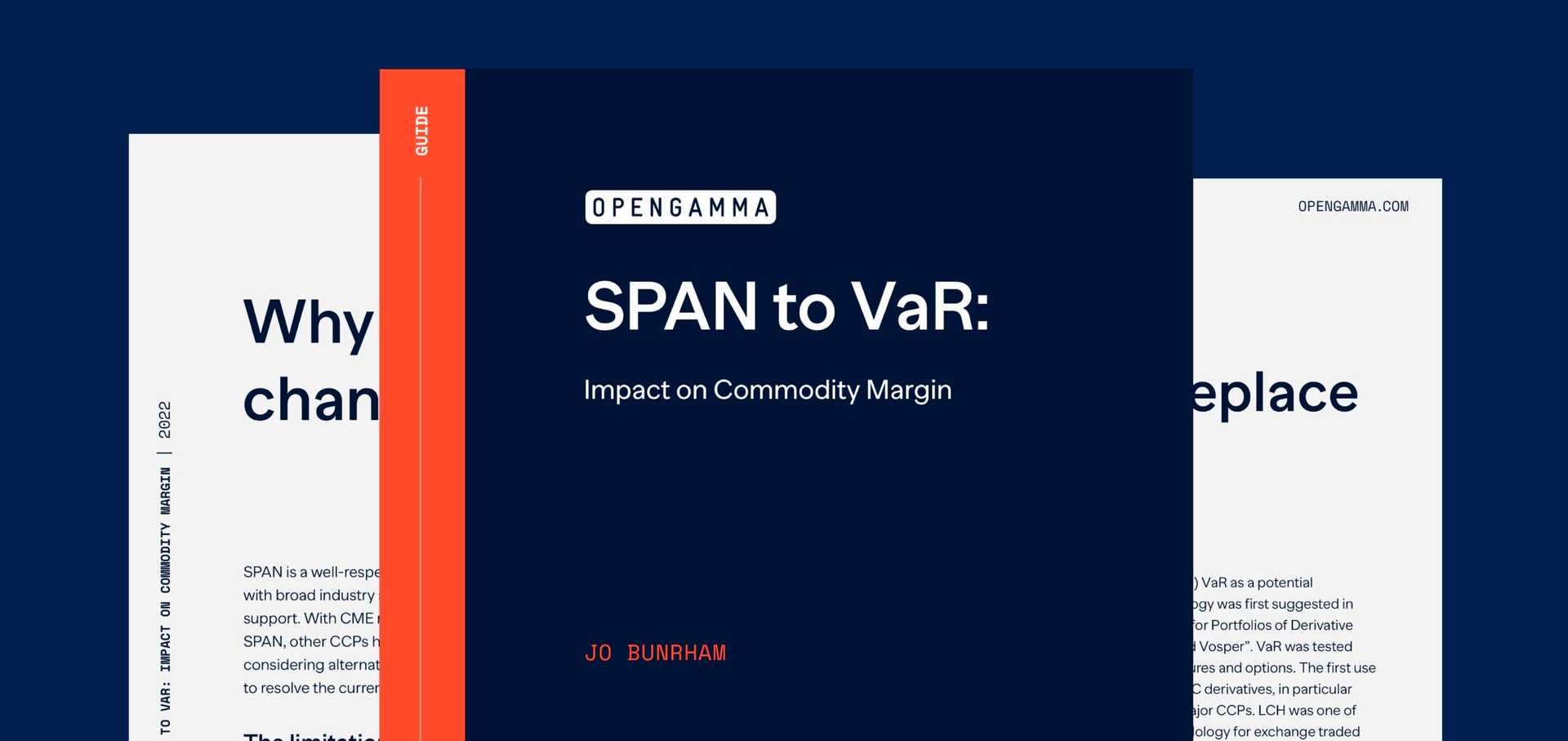How Will SPAN 2 Impact Margin?
From what we have seen so far, it is clear that the impact on margin of moving from SPAN to SPAN 2 is going to be very dependent on the portfolio.
The testing phase of CME SPAN 2 is finally here. This first phase of CME’s move away from the SPAN scenario based margin to a full VaR based methodology is initially for the major oil and gas contracts, but over time will be implemented across all CME products.
In our eBook – SPAN to VaR: The Impact on Commodity Margin – we spoke about the potential impact on margin of the move from SPAN to VaR. Now we have the ability to see the impact in real life based on the test data that CME is making available.
In the original blog, we spoke about the potential impact on margins for outright positions compared with the impact on spread positions, either between different expiries in the same underlying or between different products. To see how this compares to reality we have calculated the margin under SPAN and SPAN 2 for a range of positions and portfolios, concentrating on WTI and spreads with Brent Crude.
Long and Short WTI Futures and the Impact On Margin
For outright positions in WTI it was expected that SPAN 2 would have very little impact on the margin requirement. To test this we looked at the margin on positions in WTI across the curve.
When we compared margins for long WTI futures we found that the margin under SPAN 2 was consistently higher than the margin under SPAN by around 5% to 20%. However, it is a completely different picture for short WTI futures where the margin under SPAN 2 is almost always lower, with the difference being up to 10%.
This highlights an important difference between margins under SPAN compared to those under SPAN 2.
With SPAN, the margin for long and short positions will be the same. However, under a VaR based methodology like SPAN 2, whether you are long or short can have a significant impact on the margin requirements. We found differences of up to 20% in the margin calculated.
What Did We Find?
The first spreads we considered were WTI calendar spreads, including strategies (for example butterflies). Here there was a very mixed picture for the impact on margin.
For closer spreads, for example between expiries within the same year, then SPAN 2 was more expensive than current SPAN margin. This was particularly significant for a January 22 v February 22 spread where the requirement increased by 64%, although in absolute terms this is a very low margin, and most percentage differences were much lower.
For longer dated spreads, the SPAN 2 margin was consistently lower, up to around 10%. This same pattern was replicated for the strategy spreads, with margin higher for near dated strategies, but lower for far dated strategies.
We then looked at some sample WTI portfolios, including a mix of positions across the curve. Here we found that the SPAN 2 margin was around 8% to 10% lower, which is what we would expect from a VaR based algorithm.
When looking at the margin on spreads between WTI and Brent Crude we found that the impact on the margin was very dependent on the relative expiries of the two contracts. When looking at spreads between the same or similar expiries (for example January 22 WTI v January 2022 Brent) then the Margin under SPAN 2 was lower. However, for spreads between, for example, front end WTI and back end Brent, the requirement under SPAN 2 was considerably higher. Margin requirements for further dated spreads (for example January 2026 WTI v January 2026 Brent) also tended to be higher under SPAN 2.
For all these spreads, we looked at changing the signs of the positions, for example comparing Long WTI v Short Brent with Short WTI v Long Brent. Again, we saw differences of up to 20% in the margin requirement depending on the direction of the spread.
Conclusion – What We Have Seen So Far?
From what we have seen so far, it is clear that the impact on margin of moving from SPAN to SPAN 2 is going to be very dependent on the portfolio. In general the differences in requirements were below 10%, but it was just as likely that SPAN 2 could be higher rather than lower. However, on a mixed portfolio we consistently saw an overall lower margin.
This move to SPAN 2 is planned to be completed for all House accounts by the end of February 2022. Client accounts are expected to move at some time during the second quarter of 2022. Between now and then we will continue to keep clients updated with any interesting findings during our testing of the implementation, including the variability of margin over time.




